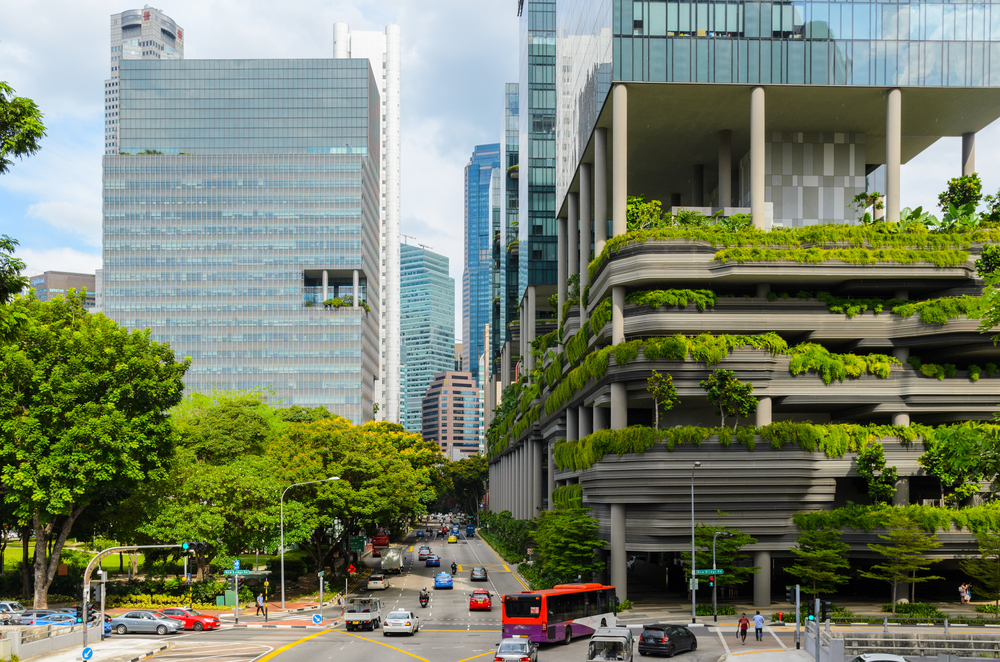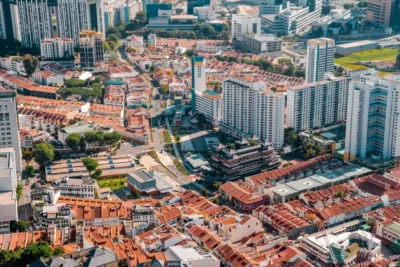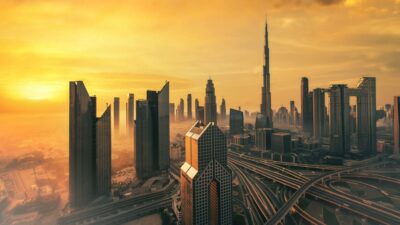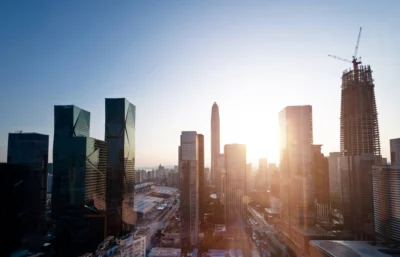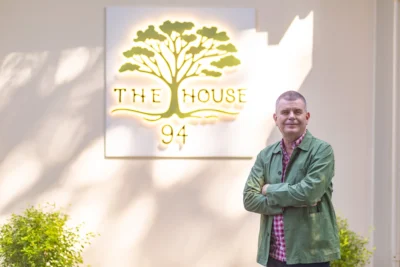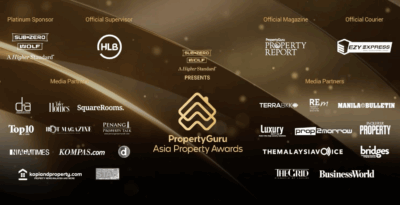If green buildings are crucial to addressing climate change, why aren’t we seeing more of them?
We spoke with industry experts to identify what’s preventing developers from fully going green – and it all boils down to lack of finances
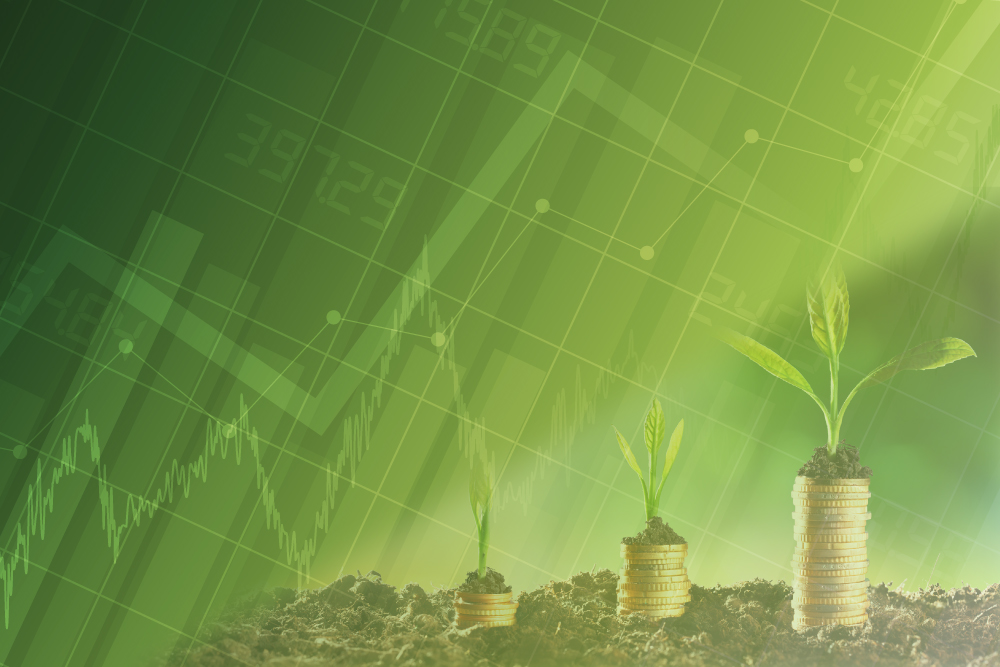
As we have mentioned in the first part of our sustainability series titled Urban buildings: the cause of pollution and the ultimate solution, urban buildings are one of the major contributors to climate change, accounting to one-third of all carbon emissions.
According to Leong Choong Peng (CP), advisor at Arcadis (Thailand) and director of Australian Institute of Quantity Surveyors, the real estate industry plays a part in the climate crisis and it can be categorised in three stages:
Design and planning
During the first stage, developers can choose to utilise sustainable materials, like recycled glass and steel or renewable materials like bamboo or rubber. They can also embrace green-friendly systems, such as commercial solar panels, commercial energy storage and wastewater management. Yet, only a few developers take advantage of these.
Construction
For this stage, CP said that “pollution is unavoidable” and the only solution is to reduce the impact. Many cities have already introduced restrictions to minimise dust, lower noise and reduce the release of toxic gas from diesel construction machines, for instance. However, he added: “It’s just a question if the developers and contractors are compliant. If they comply, then obviously it will work.”
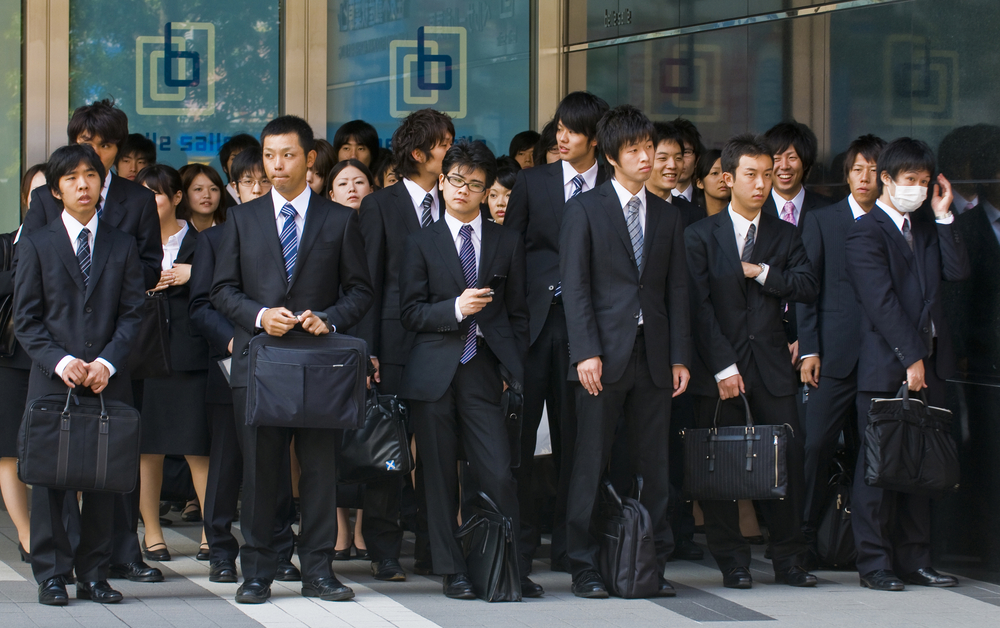
Office workers in Tokyo, Japan. KobbyDagan/Shutterstock
User stage
Upon completion, buildings will be handed over to occupants. He said that typical single-family homes do not emit that much pollution. However, condominiums, office buildings, and other commercial establishments will have a huge impact. “Imagine if it’s a 20-storey office tower, you easily have 2,000 people using it in any day. Then, of course, pollution can multiply significantly.”
In the user stage, there are three variables that cause pollution: biological pollution from dust mites, viruses and bacteria; manmade pollution from cleaning equipment and materials used in the interiors like vinyl coverings, which both release toxic variable organic compounds (VOCs); and actual air pollution within the vicinity that is recirculated in air conditioning systems without proper filters.
As for developers who want to minimise their impact on the environment, he suggests putting all the sustainable systems in place, as well as encouraging the building management to regularly maintain these systems and ensure that they are working properly.
What’s stopping developers from completely going green?
According to CP, “All these come at a cost. With a green building, they will spend about 23 to 78 percent more than a regular building. It weighs the game as to how much developers are willing to spend against how much they could get out of it.”
The dawn of green financing
To address this concern and encourage more green projects across Asia, UOB (United Overseas Bank) in Singapore launched the Real Estate Sustainable Finance Framework last October 2019.
With this framework, Martin Davis, the vice president of real estate and hospitality of the sector solutions group at UOB, said: “We’re able to address sustainability in this particular sector, given its large contribution to climate change. It’s something that could have a positive impact not only in the regions that [UOB] is in, but hopefully in less developed regions that see what Singapore and Hong Kong are doing for sustainability.”
Lam Li Min, the head of real estate and hospitality of the sector solutions group at UOB added: “Basically, we are committed to helping clients embrace sustainability in terms of green development. Our goal is to encourage more developers to contribute towards the region’s long-term economic, social economic and environmental wellbeing of our clients in the areas that we are a part of.”
More: Singaporean SMEs can now sign up for UOB loans to fund green buildings
Moreover, UOB emphasised that this framework is focused on enabling small and medium-sized enterprises (SMEs) who don’t have the assets that massive corporations have.
“While [SMEs] want to embrace certain green developments, they might not have the resources to look for green financing. One of our objectives is to give the small boys the ability to get a green loan from UOB in the least problematic manner, whereas big boys have the resources, in terms of third-party providers and lawyers. Basically, we can do it bilateral with these SMEs,” explained Li Min.
Upon the launch of the framework late last year, UOB was able to extend their first three green loans to SMEs in Singapore, where most of the population is eco-conscious.
“Now in Singapore, around 45 percent of developers expect to do the majority of their new development as green or sustainable. There’s this drive from which banks can take advantage of the positive environment, which was created by the local government that has not only made it mandatory, but also provided various incentives, such as the bonus gross floor area scheme and loans for retrofitting existing buildings into more sustainable buildings,” shared Martin.
“These positive impacts have enabled banks, such as UOB to provide the financing that is required to get these projects going.”
On the other hand, the multinational banking organisation revealed that the framework is not exclusive to the city-state or the real estate industry only.
“Our framework is agnostic to geography. We are offering this to clients across all industries as long as the building they own adhere to international certification standards, like LEED (Leadership in Energy and Environmental Design), as well as those set by the Building and Construction Authority in Singapore and the Hong Kong Green Building Council,” said Li Min.
He clarified that UOB mainly focuses on the certification standard and less on where the building is located. “We’ll be happy to give them a green loan so long as they incorporate green loan principles and they adhere to certain aspects of the green financing structure.”
More: Shwe Taung Group obtains Myanmar’s first green loan
Through green loans, UOB said that they hope to make a difference, primarily to drive attitudinal change in their clients so they can embrace sustainable development. Over time, they aim to increase the percentage of green buildings in the geographies that UOB is active in.
With green loans now available for SMEs, more developers will be more willing to build green spaces. As this mindset spreads across the region, more banks will be open to introducing green financing options to their clients, which means non-green developers will likely see fewer alternatives for them in the future. But that will only happen if the real estate industry realises their part in helping the world heal.
For now, all we can do is to spread the word.
Note: Interviews were edited for clarity
This is the third of a five-part series on how the Asian real estate is going green. Read first, second, fourth, fifth parts here
Recommended
Foreign demand recalibrates in Southeast Asia housing markets
Even amid global headwinds, Southeast Asia’s property markets hold appeal for foreign buyers
Tariffs and turmoil test Singapore homes as suburbs hold firm
Foreign levies, regional wars, and buyer fatigue are putting pressure on the city-state’s housing market
Gulf luxury markets lure global capital amid policy shift
Gulf nations are shaking off a reputation for overt bling to lead a post-pandemic luxury boom
China housing slump deepens as oversupply drags prices
Concerns remain over surplus inventory built by troubled property developers as prices continue to fall across all but a handful of major cities

